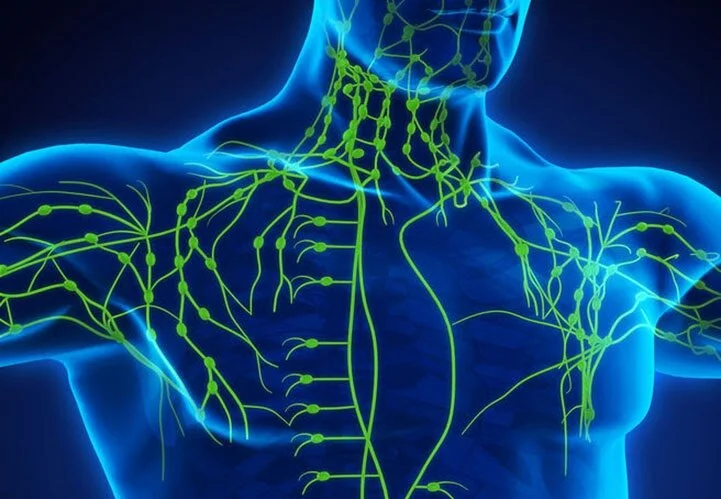
Lymphatic Treatments
- Lymphatic drainage -
Lymphatic Drainage Massage (LDM) is a particularly light and gentle form of bodywork designed to decongest and enhance the flow of the body’s lymphatic fluid through to an area where it can be cleansed, returned to the heart and removed from the body.
The lymphatic system is the body’s purification system that keeps the balance amongst the soft tissue, performing different functions:
Participating in the body’s immune response by filtering the lymphatic fluid
Removing the excess fluid and metabolic debris form the intersititium
Retuning proteins too big to be re-absorbed by circulatory system
Transporting the dietary lipids from the digestive system
Lymphatic Drainage massage in beneficial for condition such as:
Post traumatic condition like sporting injuries, draining of bruising in fractures areas, contusions or concussions
After training or any physical event by draining the lactic acid via the lymph vessels
Tendonitis: help to remove oedema where the volume hampers movement
Arthritis and degenerative joint diseases
Constipation and irritable bowel syndrome
Stress: the reflex stimulus to this massage is one of wellbeing as a result of the stimulation of the parasympathetic system
- CVT (Cycloidal Vibration Therapy)-
We are using Niagara(TM) cycloidal vibration therapy devices to enhance the benefits of traditional massage treatments or as a stand alone treatment.
The gentle vibrations stimulate the lymphatic system to help remove excess fluid and debris form the the body. Some benefits include:
Relief from arthritis pain
Reduced swelling and pain
Increased blood flow to lower legs in people with type 2 diabetes
Overall feeling lighter and more mobile.

